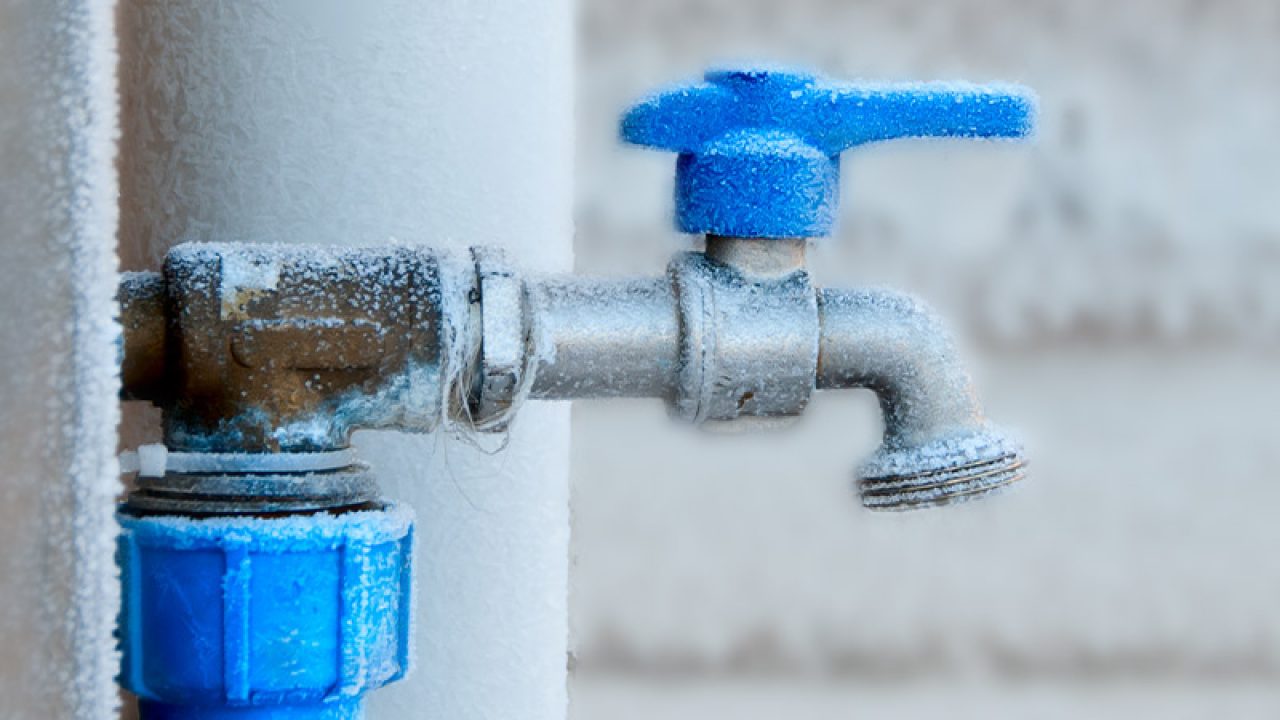Important Tips to Avoid Frozen Pipes in Cold Weather: Expert Insights
Important Tips to Avoid Frozen Pipes in Cold Weather: Expert Insights
Blog Article
Every person is bound to have his or her own perception involving Prevent Frozen Pipes .

Cold weather can damage your pipes, specifically by freezing pipelines. Here's just how to avoid it from taking place and what to do if it does.
Intro
As temperatures decline, the threat of frozen pipelines increases, possibly resulting in pricey repair work and water damages. Comprehending just how to avoid icy pipes is essential for property owners in chilly climates.
Avoidance Tips
Shielding susceptible pipes
Cover pipelines in insulation sleeves or utilize warm tape to shield them from freezing temperatures. Concentrate on pipes in unheated or outside areas of the home.
Heating methods
Maintain indoor spaces sufficiently warmed, specifically areas with plumbing. Open cupboard doors to permit cozy air to flow around pipelines under sinks.
How to identify frozen pipes
Search for reduced water flow from faucets, unusual smells or noises from pipes, and noticeable frost on exposed pipes.
Long-Term Solutions
Architectural changes
Consider rerouting pipes away from exterior wall surfaces or unheated areas. Add added insulation to attic rooms, basements, and crawl spaces.
Updating insulation
Buy high-grade insulation for pipes, attics, and wall surfaces. Proper insulation aids preserve regular temperature levels and reduces the threat of frozen pipelines.
Safeguarding Exterior Plumbing
Yard hoses and outside taps
Disconnect and drain garden tubes before wintertime. Mount frost-proof faucets or cover exterior faucets with protected caps.
Recognizing Icy Pipelines
What causes pipes to freeze?
Pipes ice up when revealed to temperature levels below 32 ° F (0 ° C) for extended periods. As water inside the pipes freezes, it broadens, putting pressure on the pipeline wall surfaces and possibly triggering them to rupture.
Dangers and problems
Icy pipelines can cause water disturbances, home damage, and expensive repairs. Ruptured pipelines can flood homes and cause substantial structural damage.
Indications of Frozen Pipeline
Identifying icy pipelines early can prevent them from bursting.
What to Do If Your Pipelines Freeze
Immediate activities to take
If you believe icy pipes, keep taps available to alleviate stress as the ice thaws. Use a hairdryer or towels soaked in hot water to thaw pipelines gradually.
Conclusion
Protecting against frozen pipes needs positive measures and fast reactions. By comprehending the causes, indicators, and safety nets, home owners can secure their pipes throughout cold weather.
5 Ways to Prevent Frozen Pipes
Drain Outdoor Faucets and Disconnect Hoses
First, close the shut-off valve that controls the flow of water in the pipe to your outdoor faucet. Then, head outside to disconnect and drain your hose and open the outdoor faucet to allow the water to completely drain out of the line. Turn off the faucet when done. Finally, head back to the shut-off valve and drain the remaining water inside the pipe into a bucket or container. Additionally, if you have a home irrigation system, you should consider hiring an expert to clear the system of water each year.
Insulate Pipes
One of the best and most cost-effective methods for preventing frozen water pipes is to wrap your pipes with insulation. This is especially important for areas in your home that aren’t exposed to heat, such as an attic. We suggest using foam sleeves, which can typically be found at your local hardware store.
Keep Heat Running at 65
Your pipes are located inside your walls, and the temperature there is much colder than the rest of the house. To prevent your pipes from freezing, The Insurance Information Institute suggests that you keep your home heated to at least 65 degrees, even when traveling. You may want to invest in smart devices that can keep an eye on the temperature in your home while you’re away.
Leave Water Dripping
Moving water — even a small trickle — can prevent ice from forming inside your pipes. When freezing temps are imminent, start a drip of water from all faucets that serve exposed pipes. Leaving a few faucets running will also help relieve pressure inside the pipes and help prevent a rupture if the water inside freezes.
Open Cupboard Doors
Warm your kitchen and bathroom pipes by opening cupboards and vanities. You should also leave your interior doors ajar to help warm air circulate evenly throughout your home.

As a serious person who reads on Helpful Tips to Prevent Frozen Pipes this Winter, I assumed sharing that section was a smart idea. Are you aware of somebody who is interested by the subject? Why not promote it. I am grateful for your time. Don't forget to visit our website back soon.
Call Today Report this page